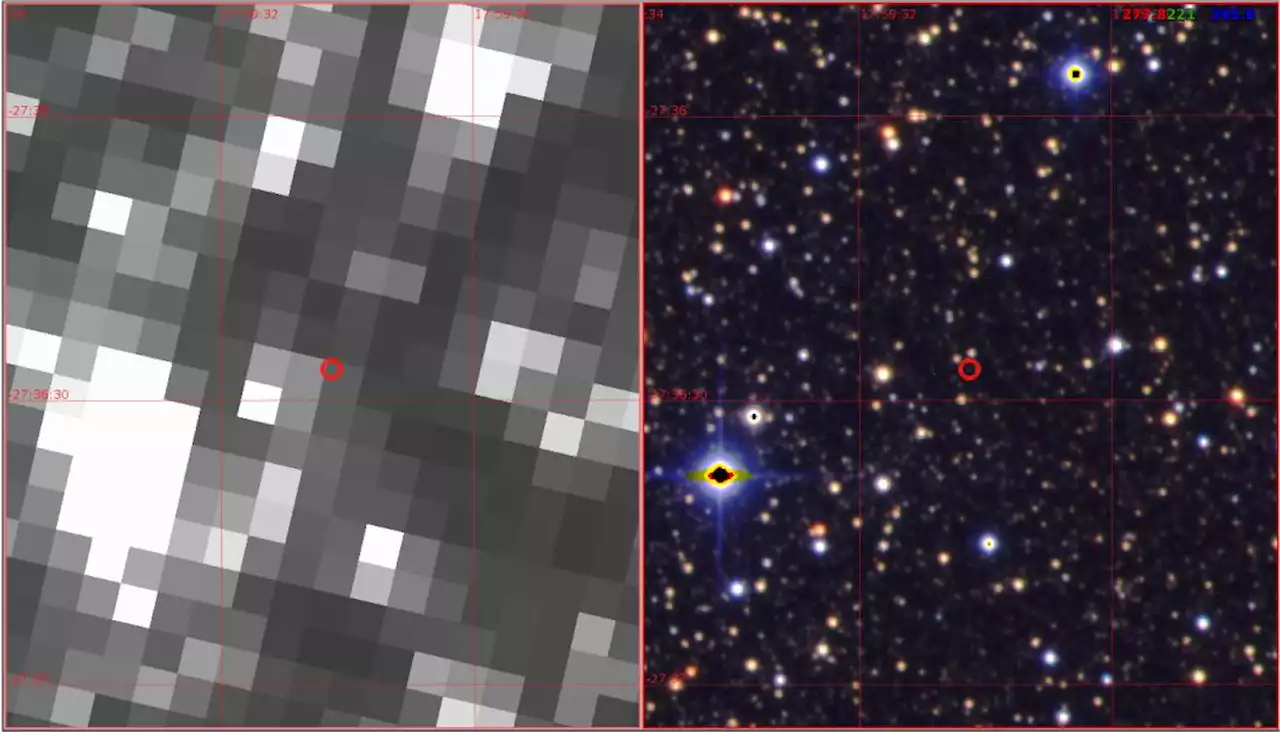The Fermi Gamma-ray Space Telescope has found a new role as a gravitational wave detector.
with laser-based detectors, and other scientists have been chasing them with Earth-based radio telescopes. Now, the hunt has moved to space. A new study reveals that data from the Fermi Gamma-ray Space Telescope can, in theory, also sense a passing wave. Although the technique is not yet accurate enough to make an actual detection, it is already helping other researchers sharpen their analyses.
Gravitational waves, predicted by Albert Einstein’s general theory of relativity, happen when immense masses—such as black holes or neutrons, the dense cores of burned out stars—move violently, whirling around and crashing into each other. Since 2015, two large Earth-based detectors, the Laser Interferometer Gravitational-Wave Observatory in the United States and Europe’s Virgo, have detected dozens of black hole mergers and a single pair of neutron stars.
Because the waves produced by such a spiraling duo are long—one cycle takes years to pass—catching them requires a galaxywide net. Instead of using lasers and vacuum tubes, radio astronomers turn to pulsars, neutron stars that spew radiation from their poles. As they spin, that radiation sweeps across the sky like a supercharged lighthouse beam. On Earth, astronomers see flashes hundreds of times a second from some pulsars, arriving as regularly as the ticks of an atomic clock.
And now Fermi has entered the fray. Pulsars emit gamma rays, in addition to their flood of radio waves. But many astronomers doubted their instruments would sense enough to detect gravitational waves. Kerr and colleagues decided to find out. They searched through 12.5 years of Fermi’s archive for gamma ray photons from about 30 suitable pulsars.
Österreich Neuesten Nachrichten, Österreich Schlagzeilen
Similar News:Sie können auch ähnliche Nachrichten wie diese lesen, die wir aus anderen Nachrichtenquellen gesammelt haben.
 Digging Through Kepler Data Turns Up a Near Twin of Jupiter - Universe TodayEinstein predicted that high-mass objects can bend light. Now astronomers are using that fact to detect more exoplanets.
Digging Through Kepler Data Turns Up a Near Twin of Jupiter - Universe TodayEinstein predicted that high-mass objects can bend light. Now astronomers are using that fact to detect more exoplanets.
Weiterlesen »
 New A’s manager Mark Kotsay isn’t getting bogged down in negativityKotsay is stressing opportunity rather than focusing on a roster stripped of star players for financial reasons.
New A’s manager Mark Kotsay isn’t getting bogged down in negativityKotsay is stressing opportunity rather than focusing on a roster stripped of star players for financial reasons.
Weiterlesen »
 Covid: React study finds latest wave 'may have peaked' in youngBut the final React study found 'worrying' signs that infections are still rising in those over 55.
Covid: React study finds latest wave 'may have peaked' in youngBut the final React study found 'worrying' signs that infections are still rising in those over 55.
Weiterlesen »
 MLB predictions: Our staff picks divisional, playoff, World Series winnersGiants and A’s fans, avert your eyes.
MLB predictions: Our staff picks divisional, playoff, World Series winnersGiants and A’s fans, avert your eyes.
Weiterlesen »
 UK has detected a new Covid variant. Here’s what we know so far about omicron XEA new omicron sub-variant has been detected in the U.K. as the country faces a renewed surge in Covid-19 hospitalizations.
UK has detected a new Covid variant. Here’s what we know so far about omicron XEA new omicron sub-variant has been detected in the U.K. as the country faces a renewed surge in Covid-19 hospitalizations.
Weiterlesen »